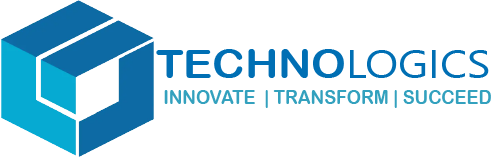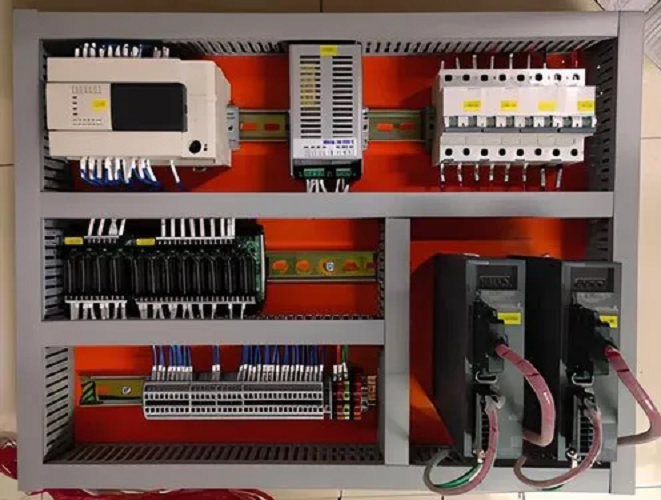Full Stack Python Software Testing
Full Stack Software Testing
Course Description:
Today’s highly increasing competitiveness over the industry demands high quality and most consistent products with a competitive price. To address this challenge number of industries considering various new product designs and integrated manufacturing techniques in parallel with the use of automated devices.
Automation takes a step further mechanization that uses a particular machinery mechanism aided human operators for performing a task. Mechanization is the manual operation of a task using powered machinery that depends on human decision making.
Course Objectives:
- Manual Testing.
- Core Python.
- Selenium.
- API Testing Using Postman.
- API Automation.
- SQL.
- Understanding of Devops.
The primary and overall objective of this course is to give a hands-on experience of Software Testing.
Manual Testing – 15 Hours
- Introduction
- What is Software Testing?
- Importance of Testing
- Types of Testing
- Software Development Life Cycle (SDLC)
- What is SDLC?
- Phases of SDLC
- Types of SDLC
- Waterfall
- V-Model
- Prototype
- Spiral
- Hybrid
- Agile
- Test Scenarios and Test Cases
- What is Test Scenarios and its importance
- How to write test cases
- Test Case Design Techniques
- Software Testing Life Cycle (STLC)
- What is STLC?
- Phases in STLC
- Defect Life Cycle
- Levels of Testing in Blackbox Testing
- Functional Testing
- Non-Functional Testing
- Maintenance Testing
- Certifications
Tools Included: Excel, JIRA, TestRail
Core Python (15 hours):
- Introduction
- Why Do People Use Python?
- Execution of python program
- Installation
- Installation of Python
- Installation of pyCharm
- Syntax
- Assignments
- Expressions
- Prints
- Control Statements
- Syntax Rules
- Decision Making
- Loops
- Branching – break, continue, pass, and the Loop else
- Built-in Types
- Python’s Core Data Types
- Numbers
- Strings
- Lists
- Dictionaries
- Tuples
- Functions and Generators
- Function Basics.
- Scopes
- Arguments
- Anonymous Functions: lambda
- Modules and Packages
- How Imports Work
- Package Import Basics
- Package Import Example
- Object Oriented Programming
- Why Use Classes?
- Classes and Instances
- Method calls
- Inheritance
- Polymorphism
- Encapsulation
- Exception Handling
- Default Exception Handler
- Catching Exceptions
- Raising Exceptions
Tools Included: Python interpreter and pyCharm
Selenium (25 hours):
- Introduction to Automation Testing
- What is Automation Testing?
- Why is Automation Testing important?
- Automation Testing Process
- Introduction to HTML
- Understanding of HTML tags
- Different elements in HTML
- Build a simple HTML Page
- Introduction to Selenium
- What is Selenium?
- Components of Selenium
- Selenium IDE
- Selenium RC
- Selenium WebDriver
- Selenium Grid
- Architecture of Selenium
- Selenium WebDriver API
- What is Selenium WebDriver API?
- Architecture of Selenium WebDriver API
- Element Locators
- Working on different elements
- Single and Multi Dropdown
- Pop Ups
- Tooltip
- JavaScript
- FIle Upload/Download
- Calendar
- iFrames
- Multiple Tabs/ Windows
- Synchronization
- Scroll Page and capture Screenshot
- Mouse Actions
- Hover
- Drag and Drop
- Keyboard Actions
- Frameworks
- Data driven Framework
- For Java
- TestNG
- Junit
- Cucumber
- For Python
- pyTest
- Unit test
- Behave
- Version Control and Continuous Integration
- Introduction to Git
- Push the automation script to Git
- Understanding of Jenkins
- Integrate Git code to the Jenkins
Tools Included: Jenkins and Git
For Selenium Java – Maven, TestNG, Cucumber
For Selenium Python – pipenv, pytest, behave
API Testing Using Postman(15 hours):
- Introduction
- What is API?
- What is WebServices?
- Introduction to Restful API
- Understanding HTTP Methods
- Understanding of JSON
- Installation of Postman
- API Requests and Responses
- How to make an api request
- Validate responses of API
- CRUD operations using postman
- Collection in Postman
- Create a collections
- Manage collections
- Usage of collections
- Manage Environments
API Automation (7 hours):
- setup for API Automation
- Introduction on Test API’s
- Setting up Test Project with Rest Assured/ Nose API’s
- Understanding given tag for passing requests
- Validating the Rest API Responses
- Validating the body of first Json response
- Examples on validating response headers and status codes
- Understanding query parameters on sending request
- Diving in Depth-Automating REST API’s
- Automating POST request with payload
- Grabbing the response body into String for Advance validations
- Passing the response values into subsequent requests
- Optimizing the scripts by centralizing the data
- Data driven testing best practices
- REST API Framework development from scratch
SQL (3 hours):
- Introduction to SQL
- The various types of databases
- Introduction to Structured Query Language, the distinction between client-server and file server databases
- Understanding SQL Server Management Studio, SQL Table basics, data types, and functions, Transaction-SQL
- Authentication for Windows, Data control language
- Identification and Keywords in T-SQL, Drop Table
- SQL Operators
- Introduction to relational databases
- Basic concepts of relational table
- Working with rows and columns, various operators used like logical and relational, domains, constraints, stored procedures, indexes
- Primary key and foreign key
- Understanding group functions, unique key
- Working With SQL –Join, Tables, Variables
- Deep dive into SQL Tables
- Working with SQL functions, operators, and queries
- Creation of tables, retrieving data from tables, combining rows from tables using Inner, Outer, Cross, and Self Joins
- Deploying Operators like Union, Intersect, Except
- Creation of Temporary Table, Set Operator rules
- Working with Table variables
Understanding Of Devops (3 hours):
- INTRODUCTION TO DEVOPS
- What is DevOps?
- DevOps Lifecycle
- DevOps Tools
- Continuous Integration using Jenkins
- Jenkins Master Slave Architecture
- Understanding CI/CD Pipelines
- Continuous Deployment: Containerization with Docker
- Understanding Docker Lifecycle
- Common Docker Operations


